The lineage of the European Doberman Pinscher traces back to the late 19th century when German tax collector Karl Friedrich Louis Dobermann sought a loyal companion and versatile working dog. Through careful breeding efforts, he aimed to develop a protective yet obedient breed suitable for various tasks, including guarding, police work, and companionship. Over time, breeders refined the European Doberman‘s characteristics, emphasizing its intelligence, athleticism, and distinct appearance. Today, this noble breed maintains its reputation as a loyal and capable guardian, embodying the legacy of its origins.
Let’s take a deep dive in and learn in detail about the European Doberman.
Physical Characteristics and Breed Standards of European Doberman
The physical characteristics and breed standards of the European Doberman are distinctive and carefully outlined to ensure breed integrity and functionality. With a muscular build and sleek coat, the European Doberman exudes strength and athleticism. Its well-proportioned body features a deep chest, strong neck, and powerful legs, providing agility and endurance. The breed standard emphasizes a noble head with a long, wedge-shaped muzzle, dark almond-shaped eyes, and high-set, cropped ears. Additionally, the tail is traditionally docked to achieve a balanced appearance. These standards not only contribute to the European Doberman’s striking appearance but also reflect its history as a versatile working breed. Breeders and enthusiasts alike adhere to these specifications to maintain the breed’s iconic look and capabilities.
| Average Height | Average Weight | |
| Male European Doberman | 26 to 28 inches | 75 to 100 pounds |
| Female European Doberman | 24 to 26 inches | 60 to 90 pounds |
American Vs European Doberman
When comparing American and European Dobermans, it’s important to note subtle yet significant differences in appearance, temperament, and breeding standards. American Dobermans are often sleeker with a more refined build, while European Dobermans tend to be bulkier and more muscular. In terms of temperament, American Dobermans are generally considered to be more high-strung and energetic, while European Dobermans are known for their calm, confident demeanor. These distinctions stem from variations in breeding practices and breed standards between the two regions. Ultimately, the choice between an American and European Doberman boils down to individual preferences and lifestyle considerations, each offering its own unique set of qualities and characteristics.
Temperament Traits: Understanding the European Doberman’s Personality
Understanding the temperament traits of the European Doberman is essential for prospective owners seeking a loyal and balanced companion. Known for their intelligence, loyalty, and protective instincts, European Dobermans exhibit a confident yet affectionate demeanor. They are renowned for their adaptability and versatility, excelling in various roles from family pet to working dog. With proper socialization and training, they demonstrate a remarkable ability to bond closely with their owners while remaining vigilant and discerning in their protective instincts. Whether serving as a devoted family guardian or a dedicated working partner, the European Doberman’s temperament is a testament to its breed heritage and enduring popularity.
Temperament Characteristics:
- Intelligent
- Loyal
- Protective
- Confident
- Energetic
- Affectionate
- Trainable
- Social
- Alert
- Versatile
Health Considerations: Common Issues and Care Guidelines for European Doberman
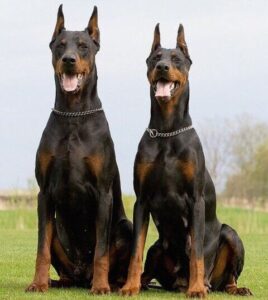
When it comes to the health considerations for European Dobermans, it’s important to recognize that this noble breed is susceptible to certain genetic predispositions and environmental factors that can impact their well-being. Among the most prevalent health issues seen in European Dobermans are cardiomyopathy, a condition affecting the heart muscles, and Von Willebrand’s disease, a bleeding disorder. Additionally, orthopedic concerns such as hip dysplasia and elbow dysplasia are not uncommon, which can lead to mobility issues and discomfort if not managed properly.
Regular veterinary examinations are imperative to catch any potential health issues early on. Proper nutrition tailored to their specific needs, including supplements to support joint health, can contribute to their overall vitality. Moreover, maintaining an appropriate exercise regimen helps to keep them mentally stimulated and physically fit, while also reducing the risk of obesity, which can exacerbate certain health problems. By staying proactive and attentive to their individual needs, owners can provide European Dobermans with the best possible care to ensure a long and fulfilling life by their side.
Exercise and Activity Requirements for European Dobermans
European Dobermans are known for their high energy levels and athleticism, requiring ample exercise and activity to maintain their physical and mental well-being. These intelligent and active dogs thrive on daily exercise routines that stimulate both their bodies and minds. Engaging in activities such as brisk walks, jogging, and interactive play sessions not only helps to burn off excess energy but also provides important mental stimulation to prevent boredom and behavioral issues.
Due to their innate drive to work and their history as working dogs, European Dobermans excel in various dog sports and activities, including obedience training, agility, and tracking.
Providing opportunities for structured training and exercise not only strengthens the bond between owner and dog but also helps to channel their natural instincts in a positive direction. Consistency and variety in their exercise regimen are key to keeping European Dobermans happy, healthy, and well-balanced companions.
Grooming Needs: Maintaining Your European Doberman’s Coat
Maintaining your European Doberman’s coat requires regular grooming practices to keep their sleek and glossy appearance. Despite their short hair, European Dobermans shed moderately throughout the year, so weekly brushing with a grooming mitt or rubber curry brush helps to remove loose hair and distribute natural oils for a healthy coat. Additionally, occasional baths with a mild dog shampoo help to keep their coat clean and free of dirt and debris.
Pay special attention to their ears, eyes, and teeth, as these areas are prone to buildup and require regular cleaning to prevent infections and dental issues. Lastly, trimming their nails every few weeks and brushing their teeth daily contribute to their overall grooming routine, ensuring that your European Doberman looks and feels their best.
Feeding Guidelines and Nutrition Recommendations
Feeding guidelines and nutrition recommendations for European Dobermans are crucial aspects of their care routine, akin to providing them with the proper fuel to thrive. As a professional pet expert, I emphasize the importance of feeding high-quality, balanced meals tailored to your European Doberman’s age, size, activity level, and health status. Opt for premium dog foods with real meat as the primary ingredient and avoid fillers or artificial additives that can compromise their nutritional intake.
Split their daily food portion into two or three meals to aid digestion and prevent bloating, a common concern in deep-chested breeds like the Doberman. Additionally, consider incorporating fresh fruits and vegetables as healthy snacks or meal toppers, providing essential vitamins, minerals, and antioxidants to support their overall well-being.
Regularly monitor their weight and adjust their portion sizes accordingly to maintain a healthy body condition. Remember, feeding time is not just about nourishment but also an opportunity to strengthen the bond between you and your beloved European Doberman.
Socialization Strategies: Ensuring a Well-Adjusted European Doberman
Ensuring a well-adjusted European Doberman involves implementing effective socialization strategies that prioritize positive experiences and confidence-building. Begin by exposing your Doberman to a variety of environments, people, animals, and situations from a young age, gradually increasing the complexity and intensity of these interactions. Encourage friendly encounters with dogs of all sizes, diverse individuals, and different environments to promote sociability and adaptability.
Incorporate obedience training and structured socialization activities to reinforce desirable behaviors and provide a framework for successful interactions. Approach each socialization opportunity with patience, encouragement, and a supportive attitude, fostering trust and strengthening the bond between you and your European Doberman.
Choosing the Right European Doberman Puppy: Tips for Prospective Owners
When selecting the perfect European Doberman puppy, prospective owners should consider several key factors to ensure a harmonious match. Begin by researching reputable breeders who prioritize the health and temperament of their puppies. Ask questions about the puppy’s lineage, health clearances, and socialization experiences to gain insight into their background. When meeting potential puppies, observe their behavior and temperament to gauge compatibility with your lifestyle and preferences. Look for puppies that display confidence, curiosity, and a friendly demeanor, indicating a well-adjusted personality. Additionally, consider factors such as coat color and markings, but prioritize temperament and health above aesthetics. Remember, choosing the right European Doberman puppy is not just a decision, but the beginning of a lifelong companionship filled with joy and adventure.
In wrapping up our exploration of choosing the right European Doberman puppy, it’s clear that thorough research and careful observation are essential. By prioritizing health, temperament, and compatibility with one’s lifestyle over superficial qualities, prospective owners can make a well-informed decision. This process lays the groundwork for a fulfilling companionship filled with love, loyalty, and shared adventures.
Recommended
8 Super-Foods to Ensure Your Doberman Lives a Long-Life
Do Doberman’s Make Good Guard Dogs – Are They Aggressive?
Do Dobermans Make Good Family Dogs? 8 Surprising Facts
Doberman Pinscher Puppy Training and Socializing (A Complete Guide)
Doberman Pinscher Size and Weight – Everything a New Owner Needs to Know
Doberman Pinscher Temperament and Traits – Everything New Owner Should Know
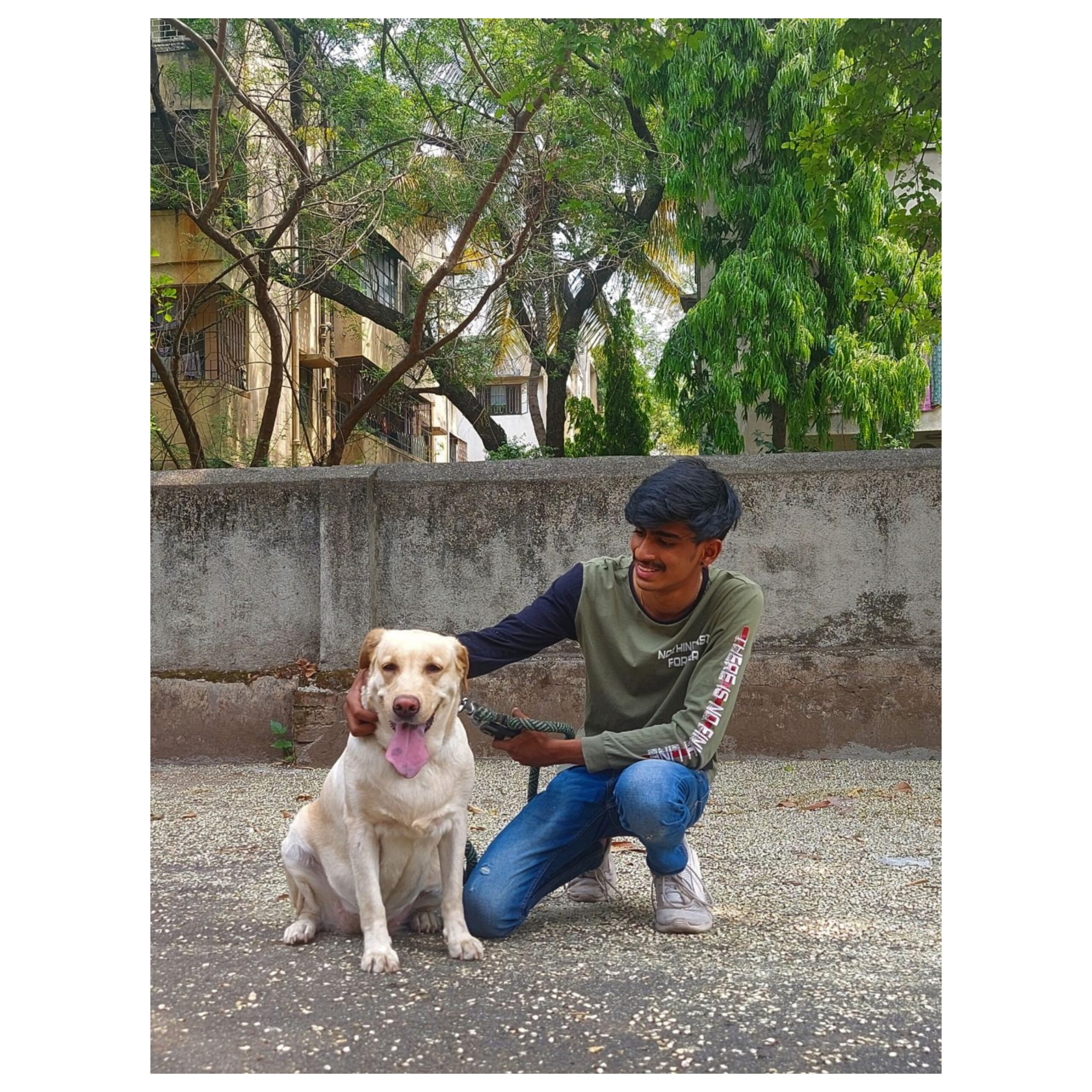
Vedant Narvekar is an experienced digital marketing expert with a profound love for nature and animals. With a career rooted in leveraging online platforms to drive engagement and promote meaningful causes, Vedant’s passion for animals inspired him to start Snout Story—a blog dedicated to educating people about pet keeping and sharing proper knowledge about caring for animals. Drawing on his expertise in digital marketing, Vedant utilizes his platform to advocate for responsible pet ownership, providing valuable insights on pet care, training, nutrition, and more. Through Snout Story, Vedant aims to empower pet lovers with the information they need to provide the best possible care for their furry companions, while also fostering a deeper appreciation for the natural world and the creatures that inhabit it.

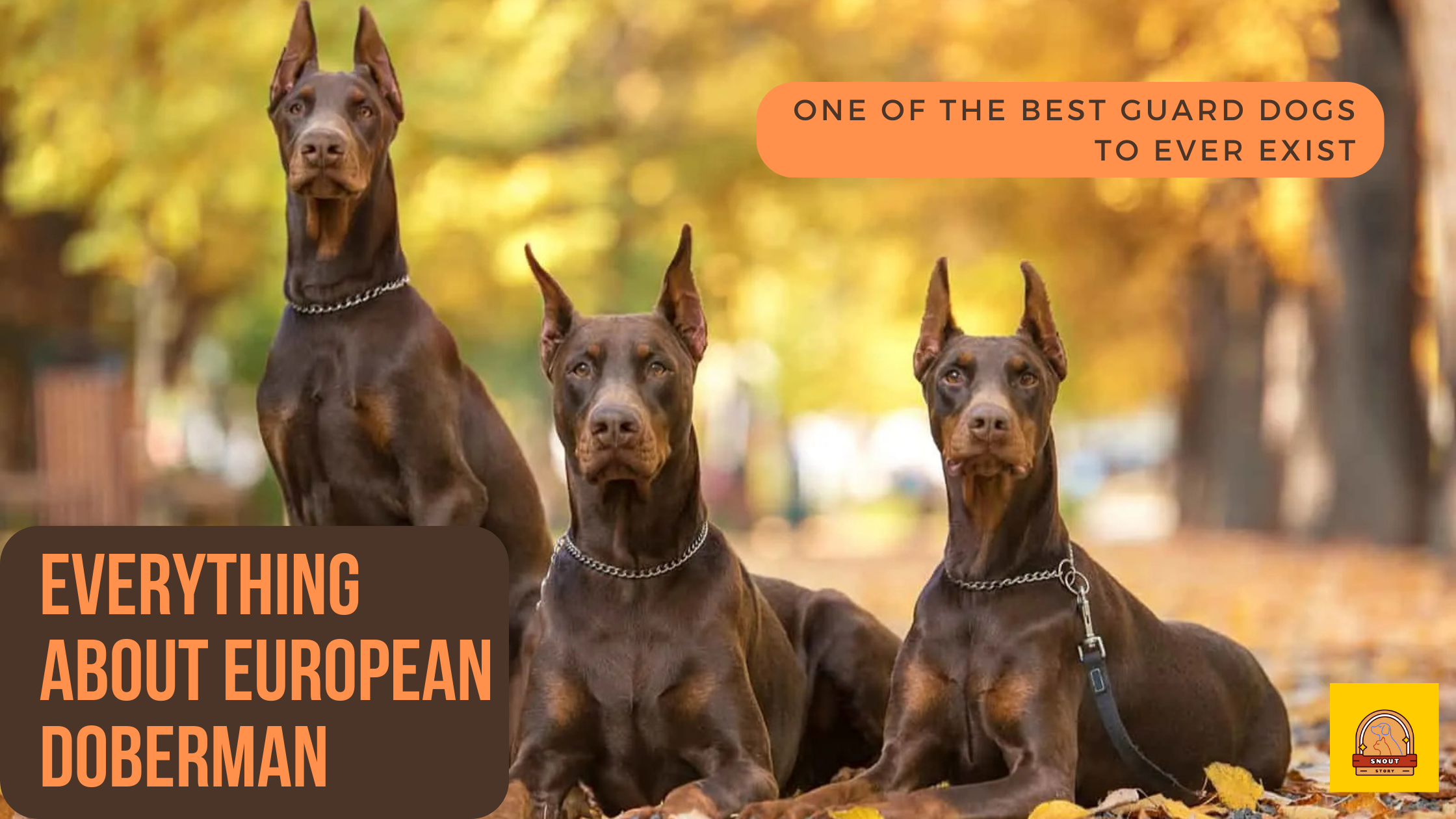
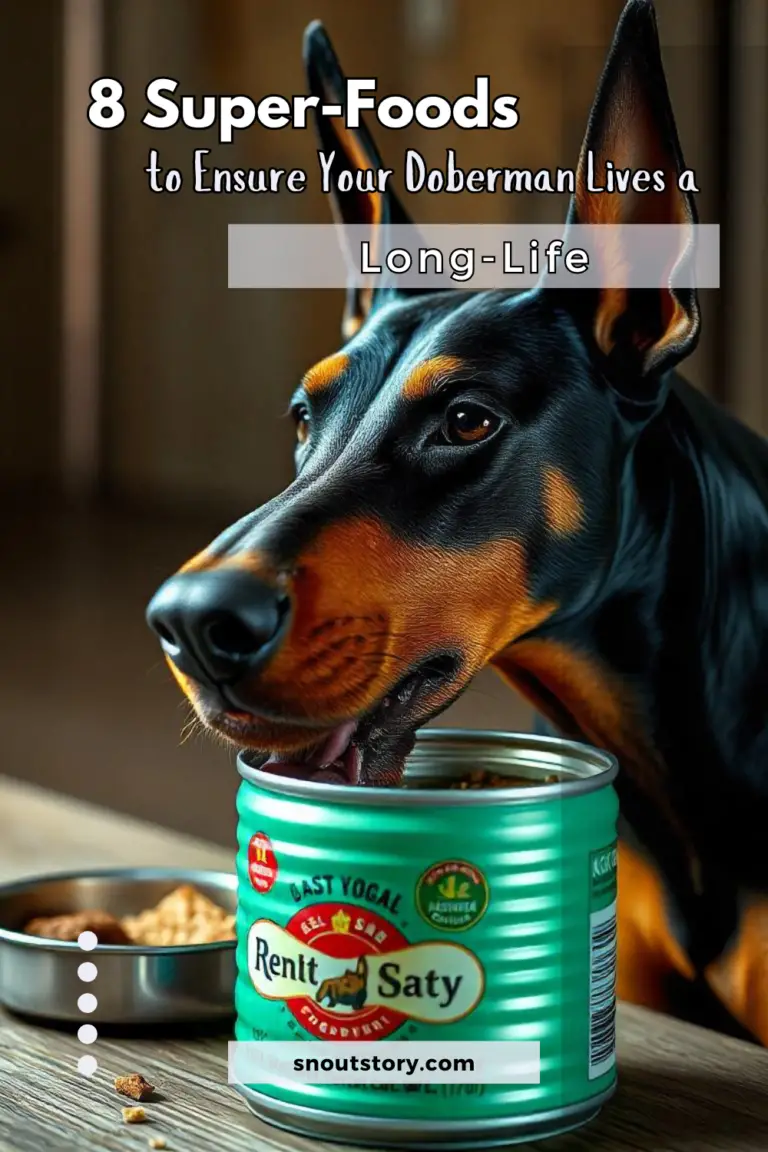


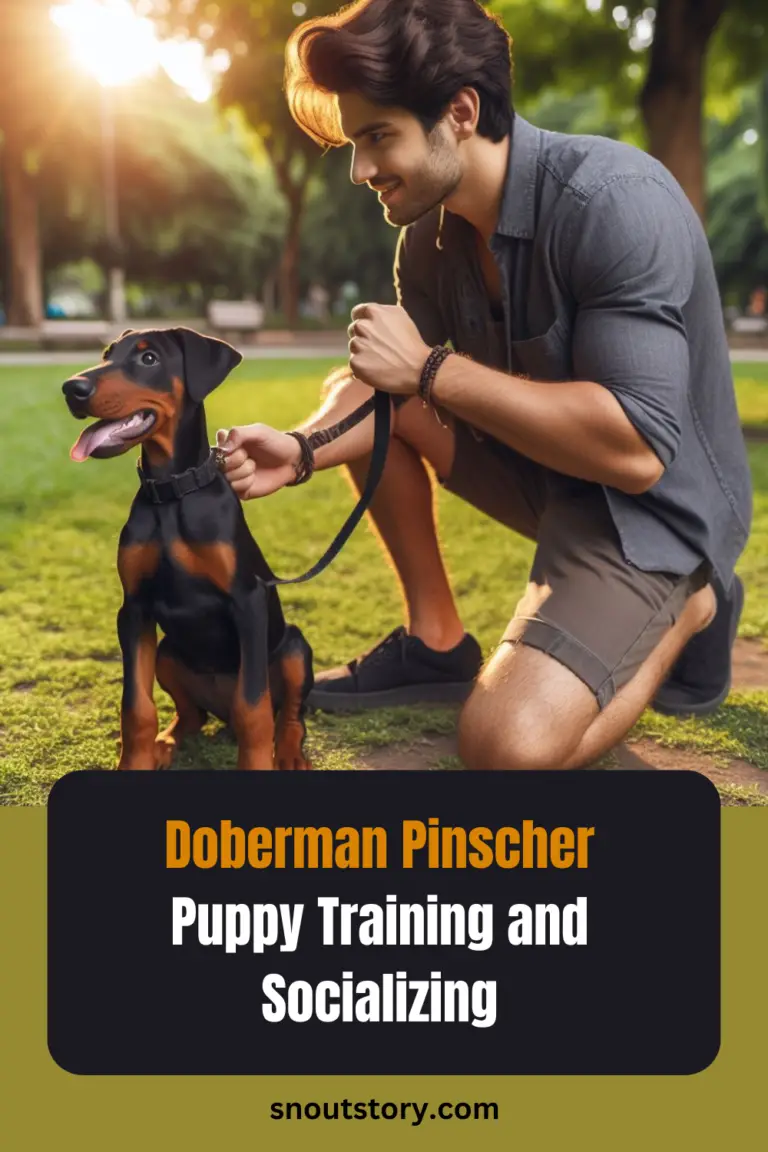
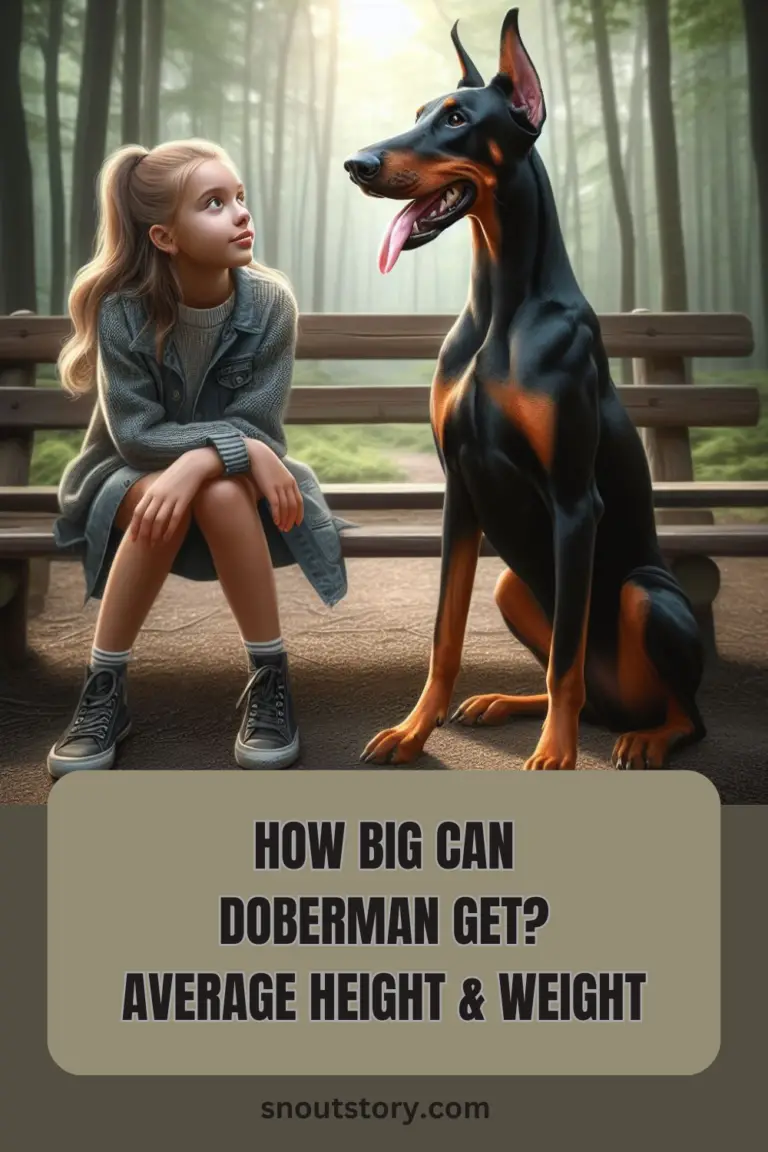
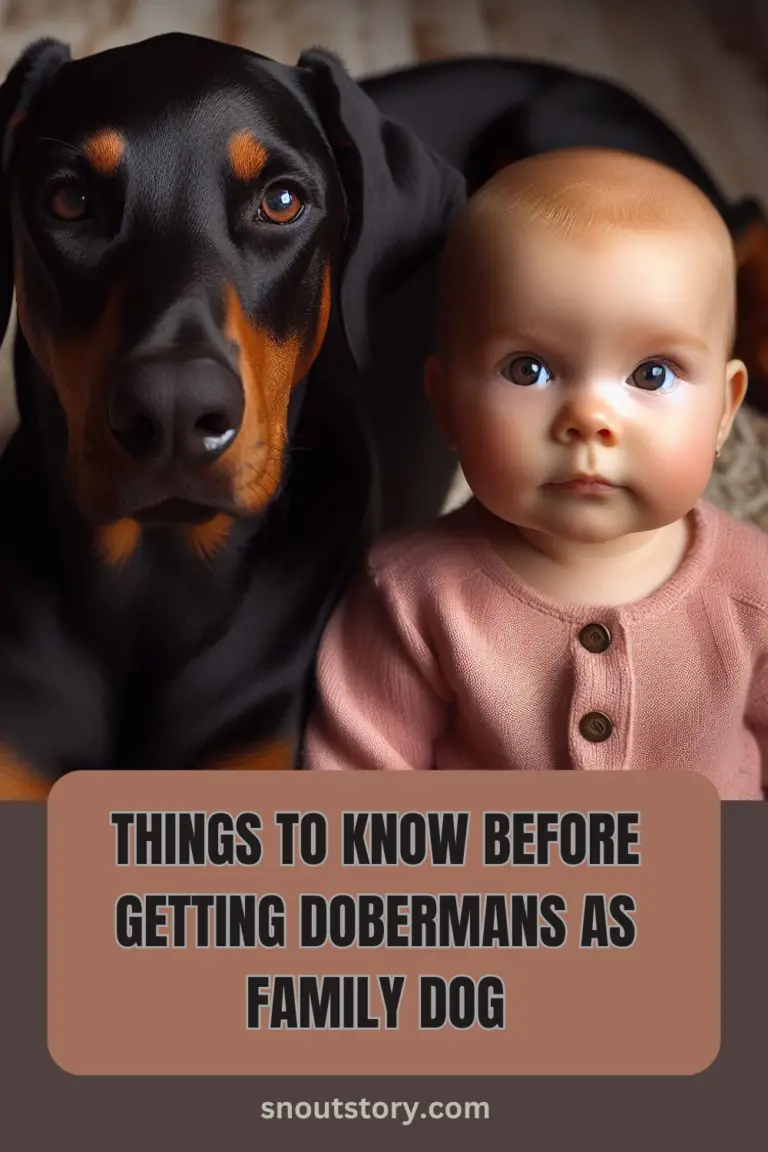
One response to “Everything About European Doberman Pinscher: A Complete Breed Guide”
love it